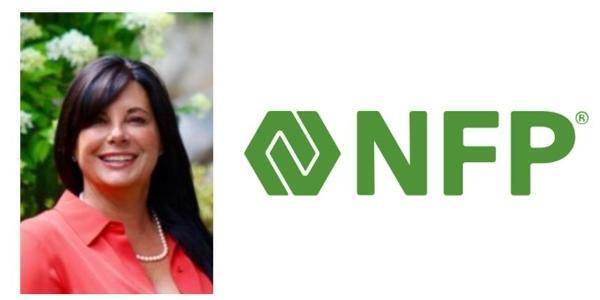Captives Make Sense for Many Contractors

By Karen L. Edwards, RCS Editor.
Captive insurance delivers benefits and sometimes even profits for contractors.
Captive insurance is when a group of contractors come together to form their own insurance company to manage their risk for things like workers compensation, general liability and automotive coverage. A captive insurance company finances that risk, and contractors who run solid companies that are financially sound can actually benefit and even sometimes profit from a captive insurance program.
They are a good fit for contractors because securing these coverages from the open market can represent a significant expense. Captives aren’t a good fit for every contractor which is why it’s important to work with an expert, such as RCS Partner Shelly Duhaime from NFP insurance. Shelly will perform a comprehensive feasibility study to help you assess whether a captive is an appropriate solution for your organization. If it is a fit, Shelly will help you work with a team of professionals experienced in actuarial, accounting, tax, and legal issues to help you set it up.
A few benefits of being in an insurance captive include opportunities to:
-
Earn investment income on loss funds
-
Enjoy greater cost predictability and less premium volatility
-
Have service providers work directly for you, enhancing claim management and efficiency
-
Choose the team of professionals (attorneys, investigators, expert witnesses) that are part of your claim mitigation strategy
Captives are not a new concept. CPA Journal says the captive industry can be traced back to the 19th century and “today, nearly all Fortune 500 companies thousands of midsized companies maintain captive insurance companies.” The first U.S. captive was formed in 1953 in Ohio for Youngstown Sheet & Tube Company and was called the Steel Insurance Company of America. It didn’t take long for other companies to realize they could create a profit center out of the expense of insurance premiums.
Many contractors are benefitting from taking advantage of forming a captive. As mentioned earlier, it’s not a fit for every roofing contractor, but when it is, it can deliver powerful advantages for your business.
Learn more about RCS partner Shelly Duhaime and NFP in their RCS Directory.





-2025-xtv-mls-tour-2.png)

















Comments
Leave a Reply
Have an account? Login to leave a comment!
Sign In